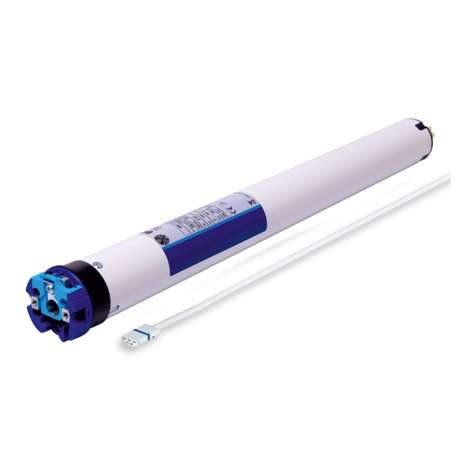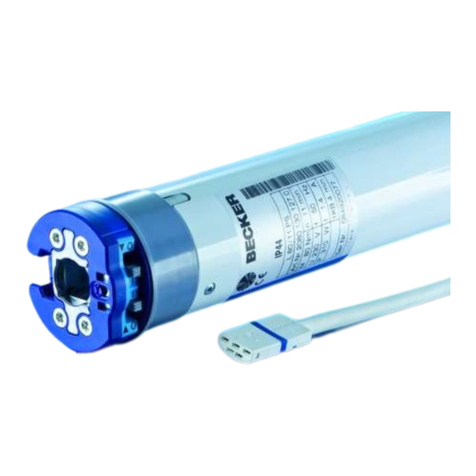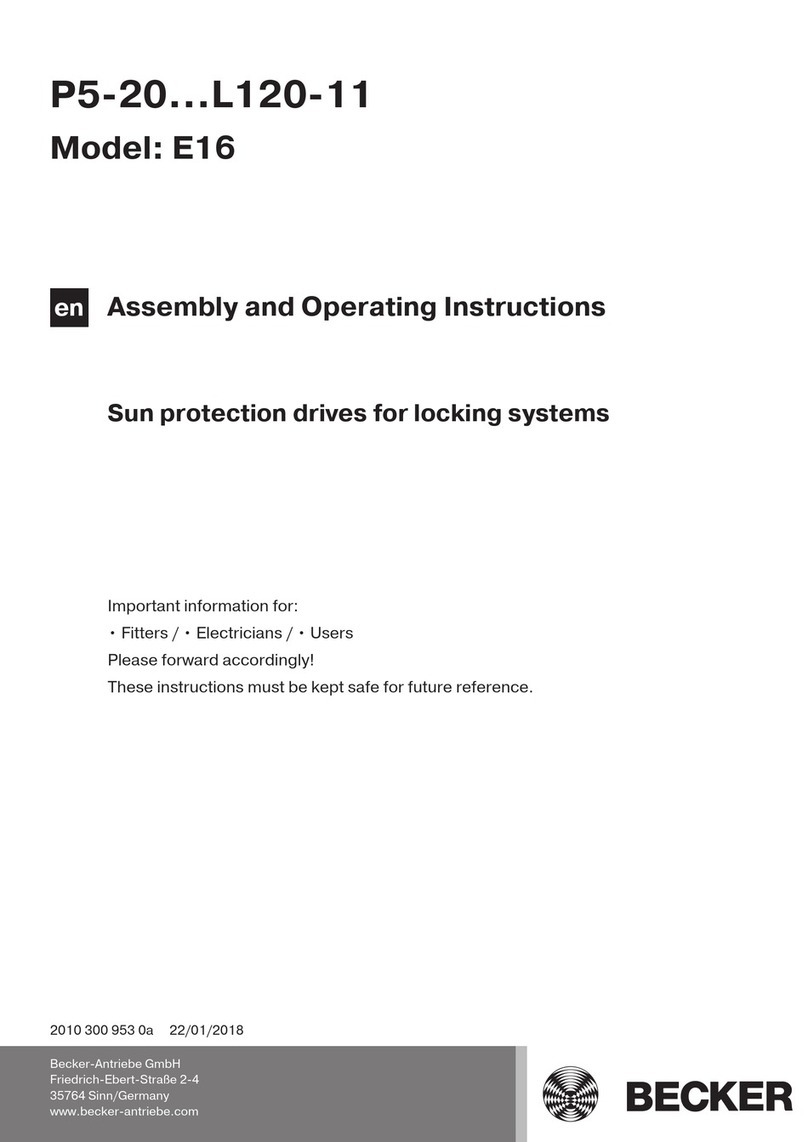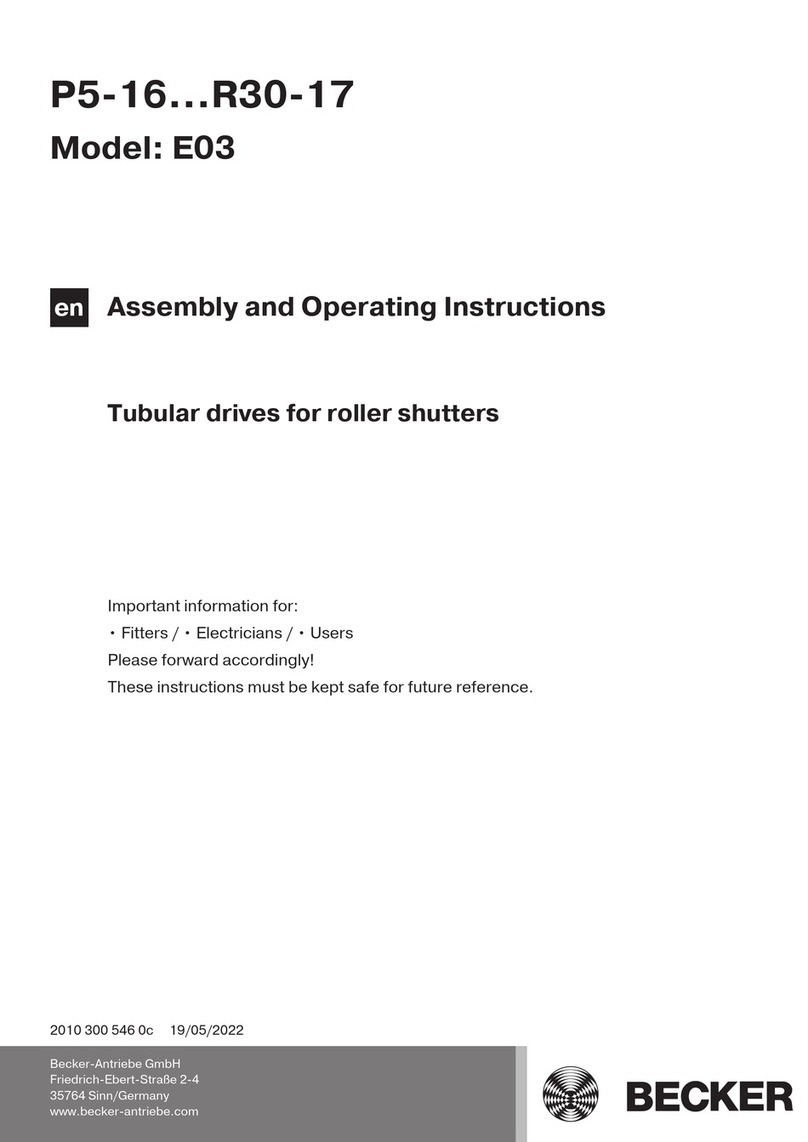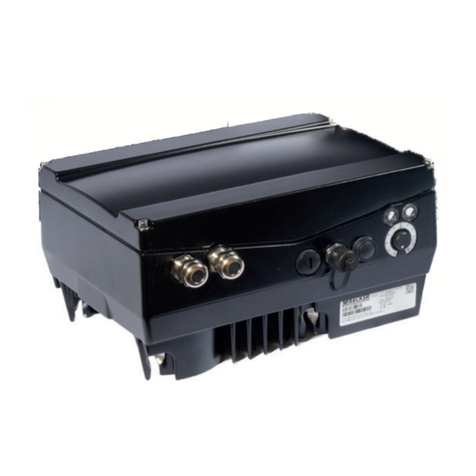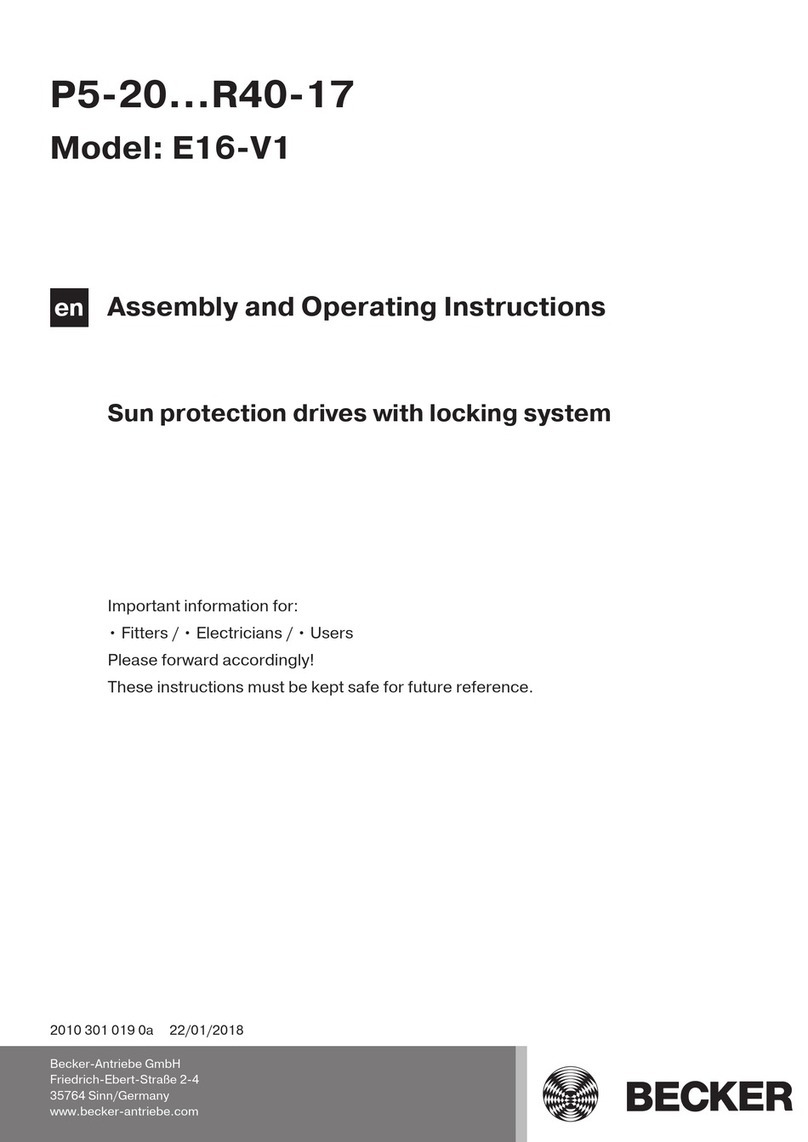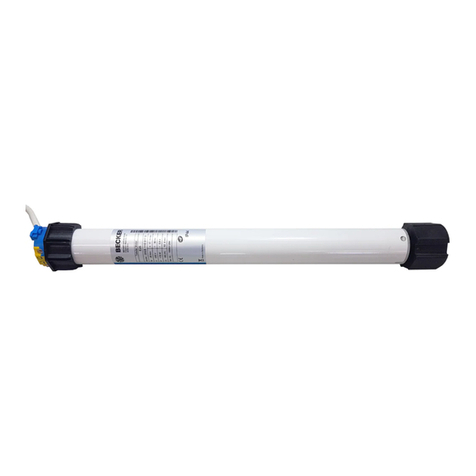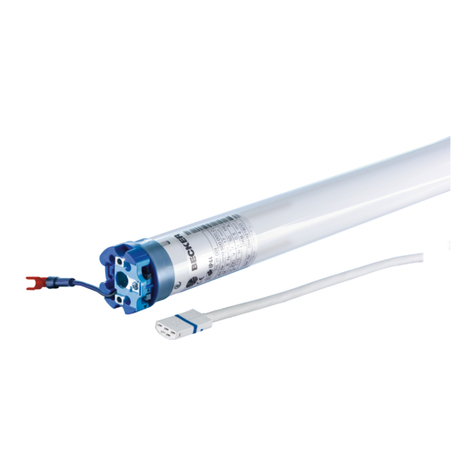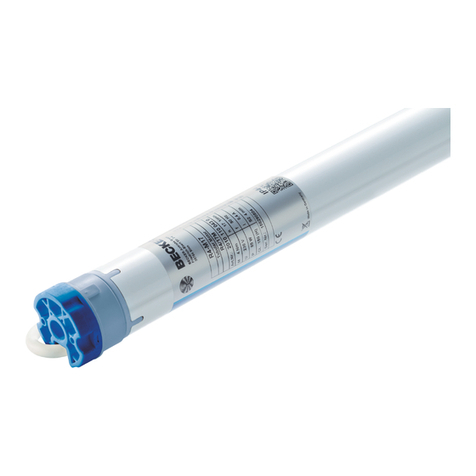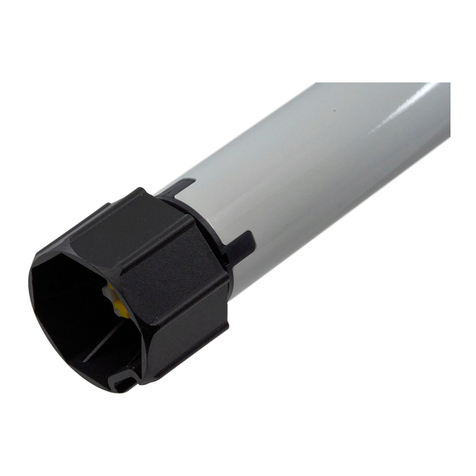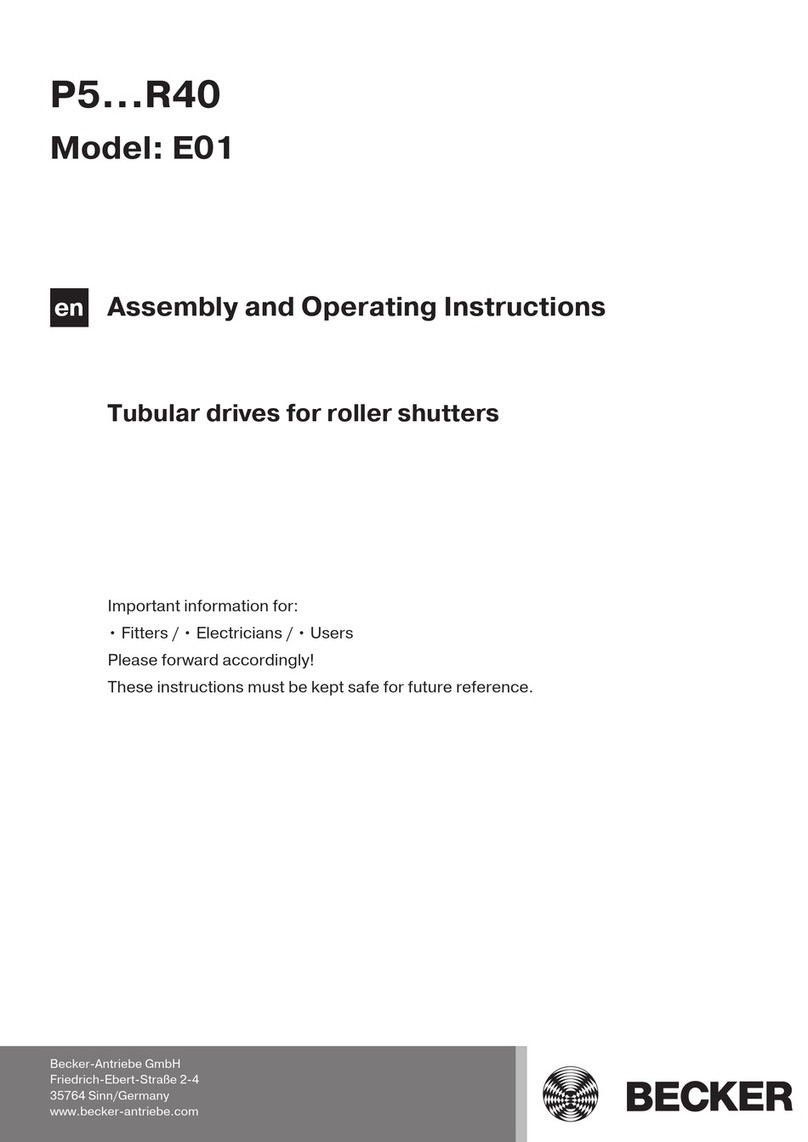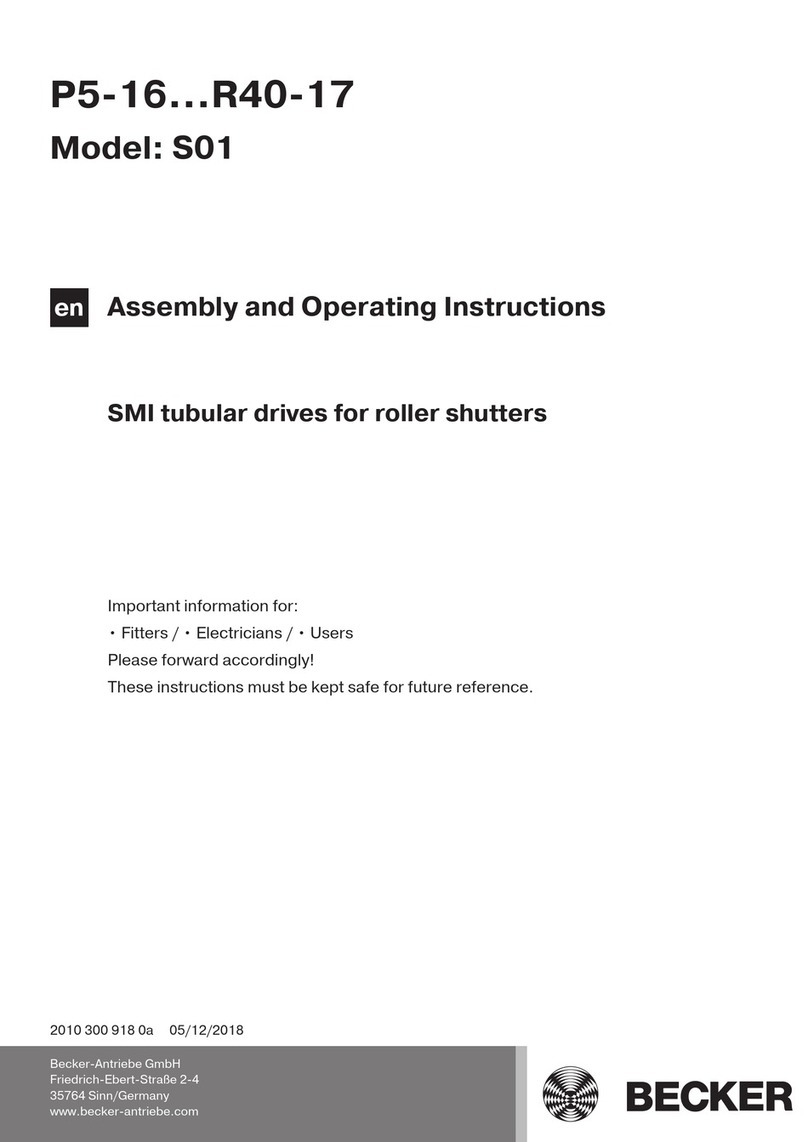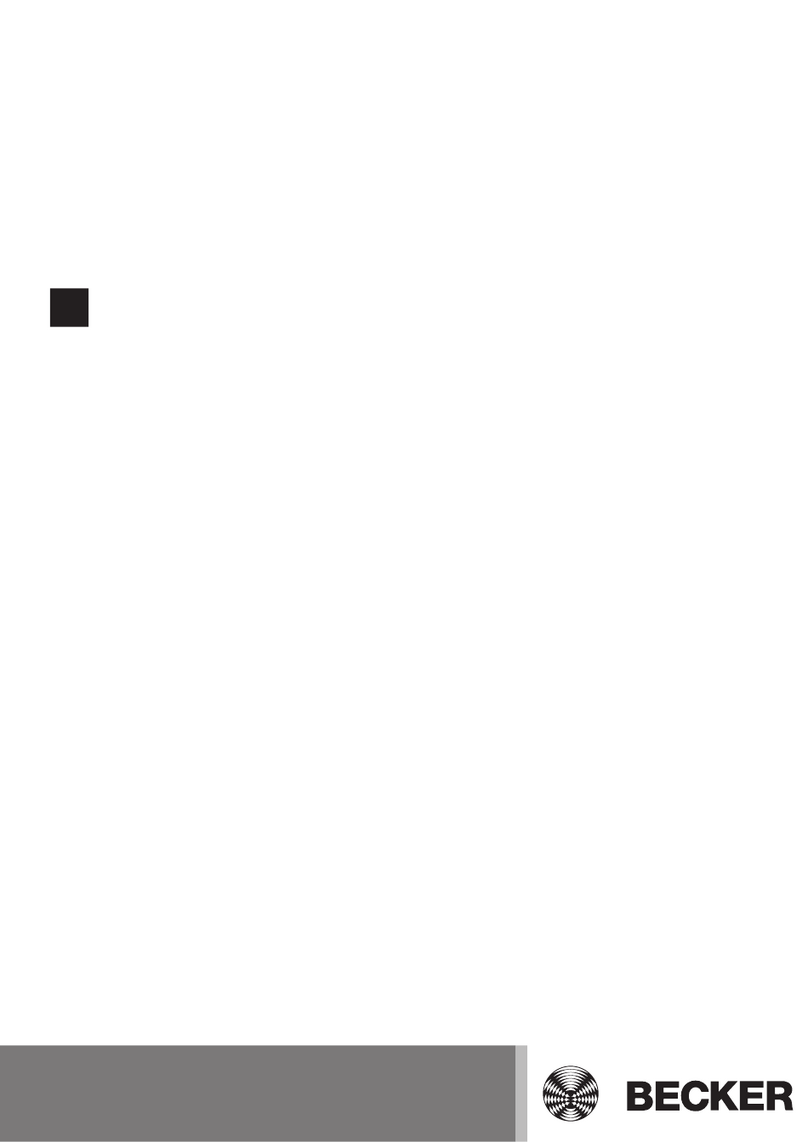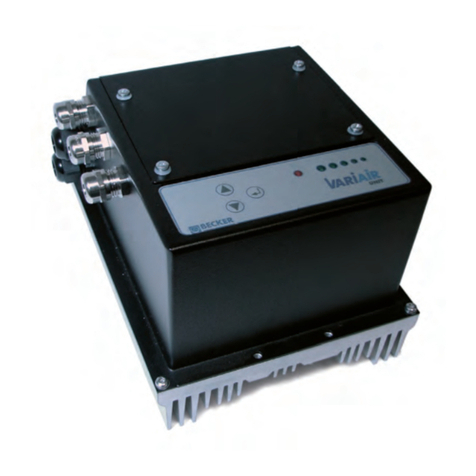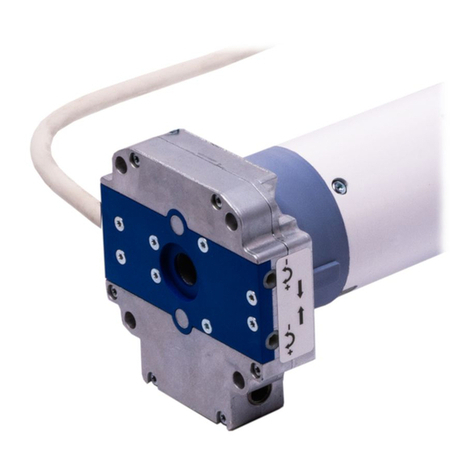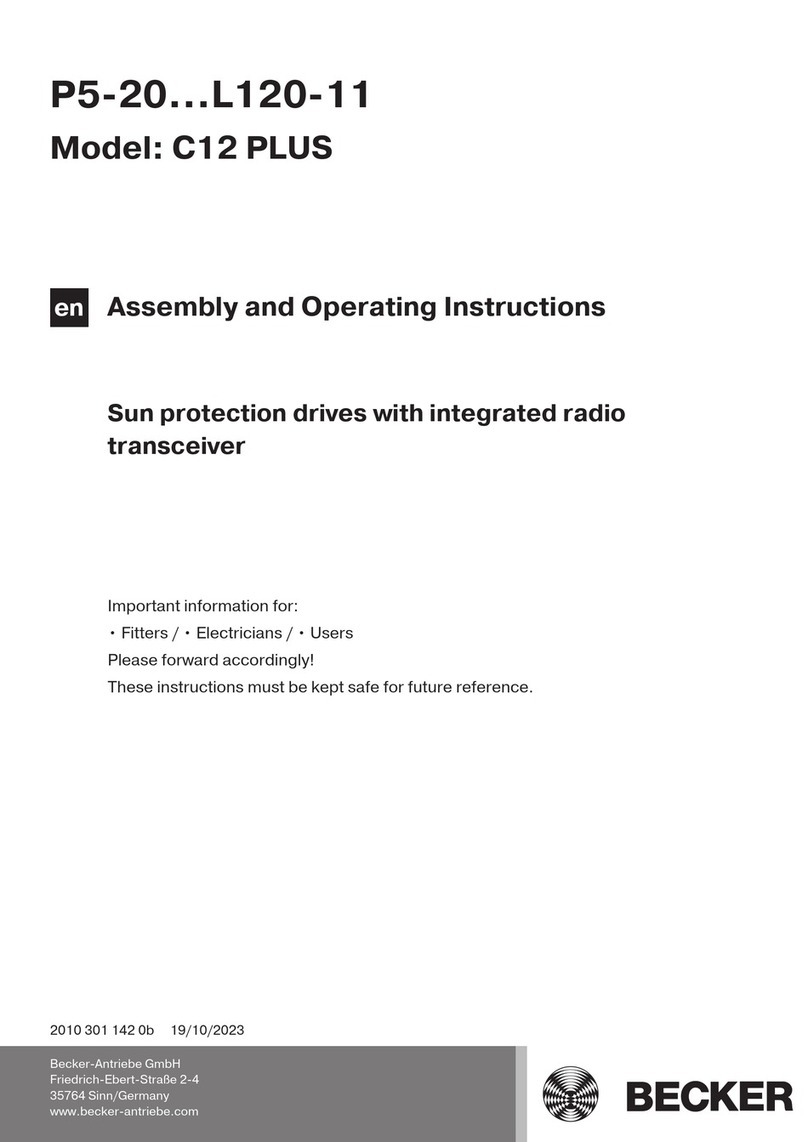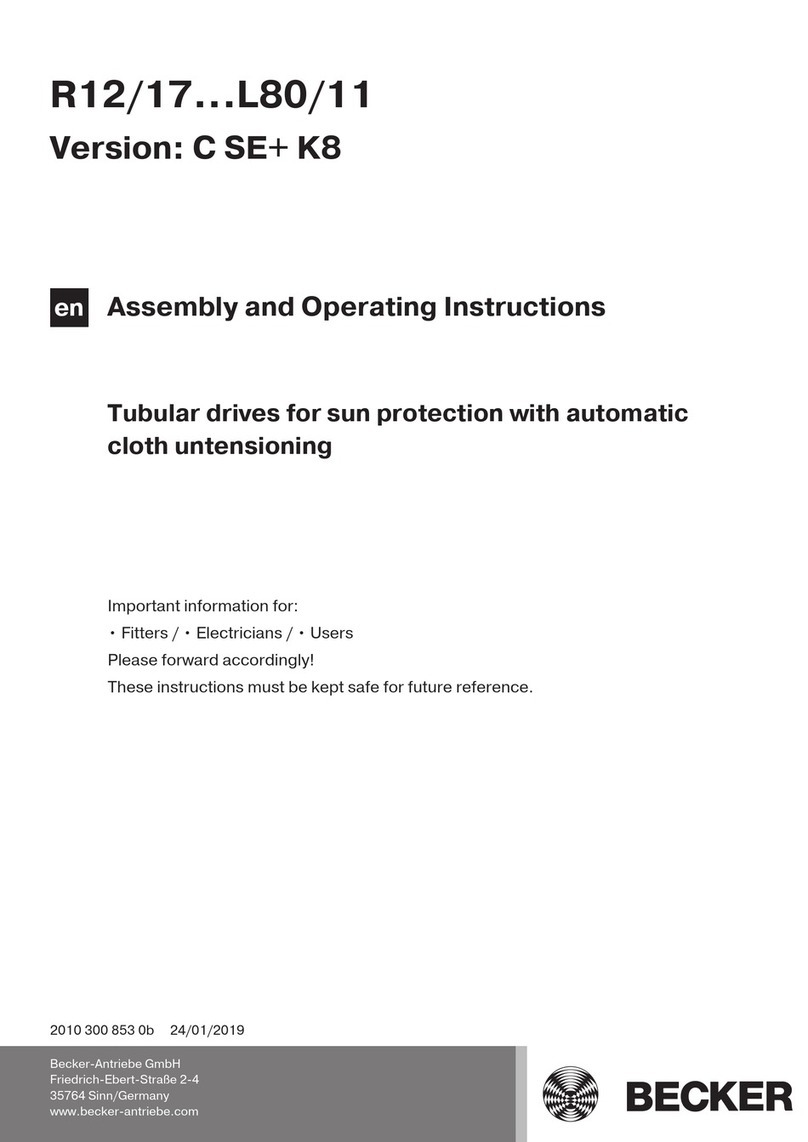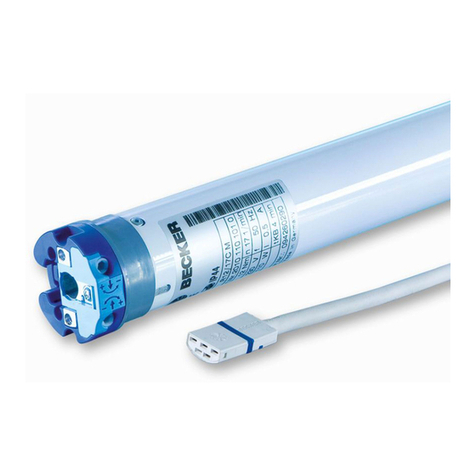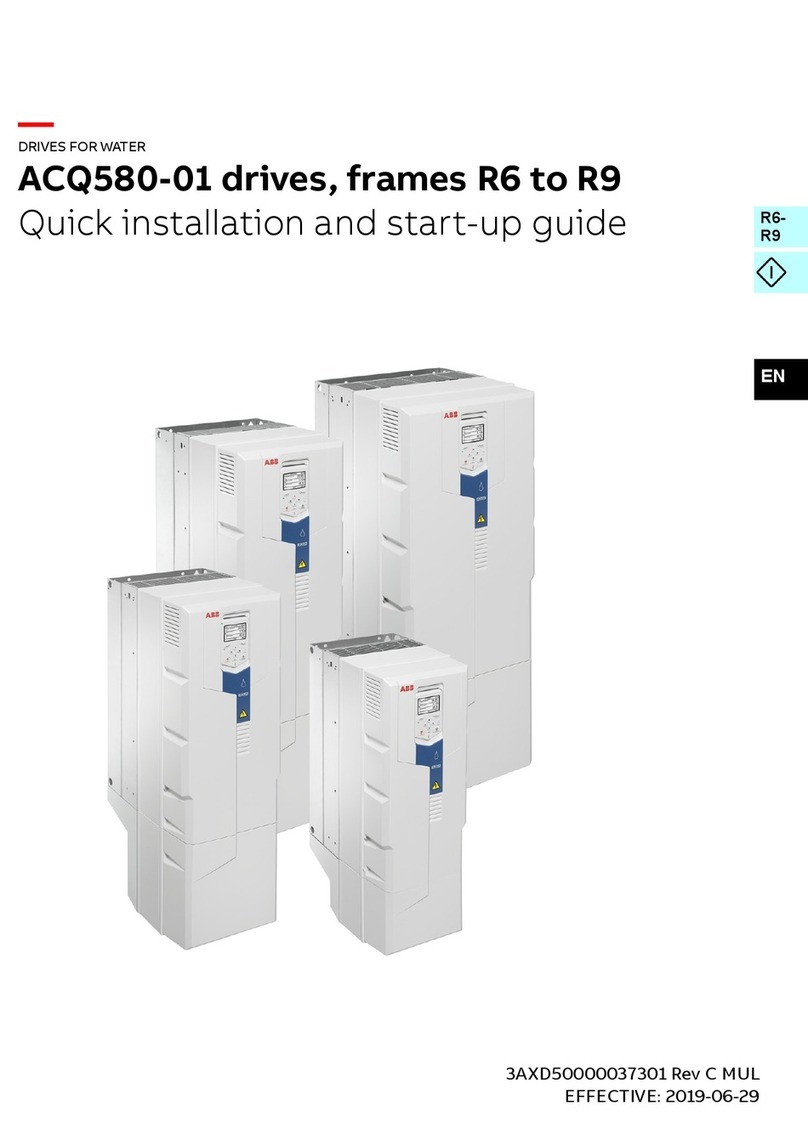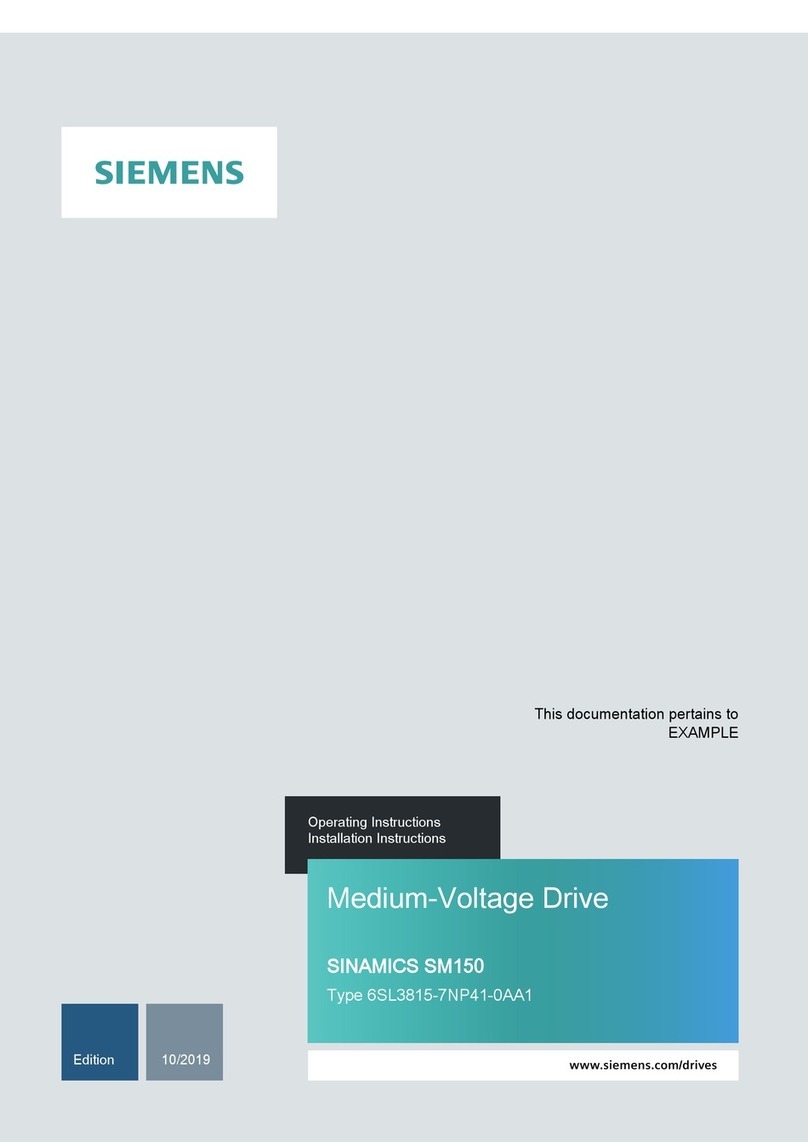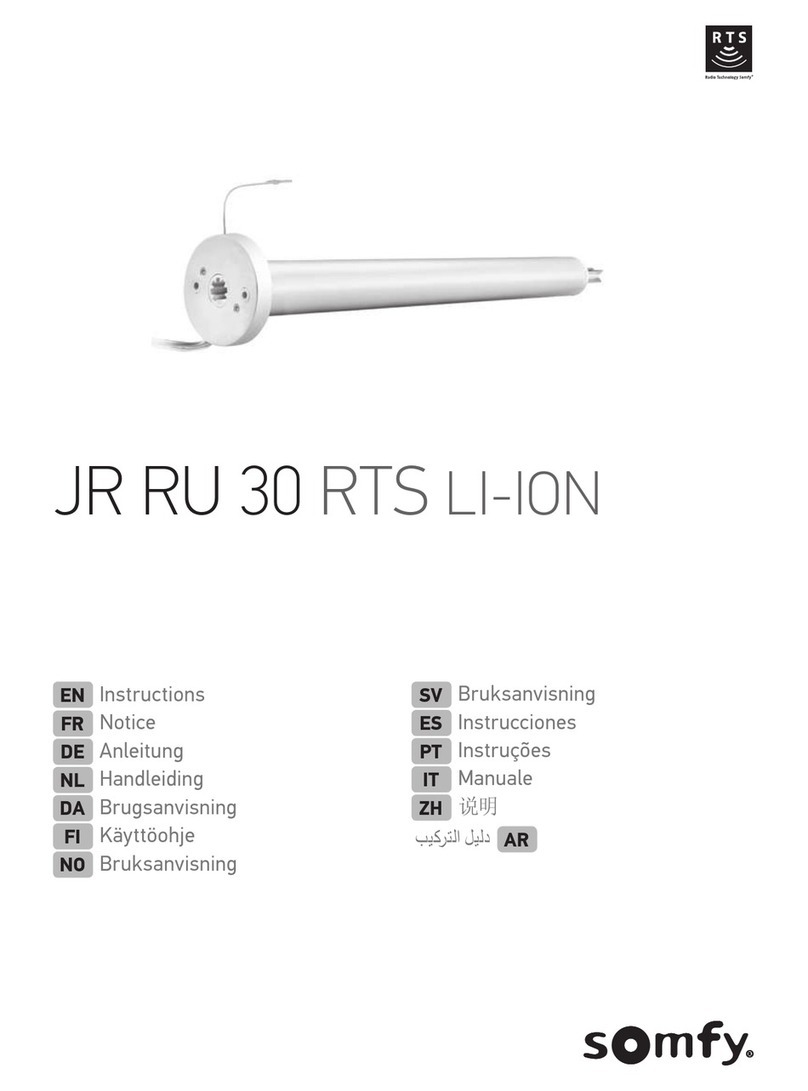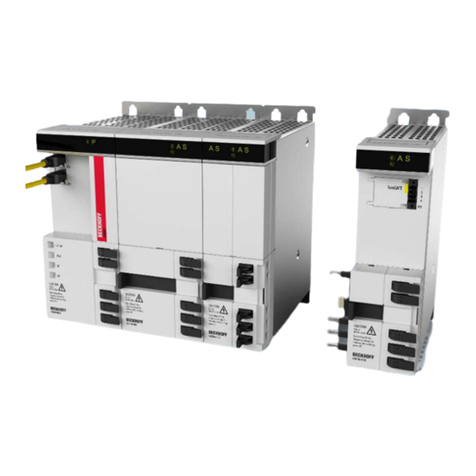
Table of contents
General ............................................................................................................................................................................... 3
Warranty ............................................................................................................................................................................. 4
Safety instructions ............................................................................................................................................................... 4
Instructions for the user................................................................................................................................................... 4
Instructions for installation and commissioning.................................................................................................................. 4
Intended use ....................................................................................................................................................................... 6
Assembling and disassembling the plug-in connecting cable................................................................................................... 6
Assembly ............................................................................................................................................................................ 7
Compatible Centronic transmitters ........................................................................................................................................ 9
Commissioning with a CentronicPLUS transmitter ................................................................................................................ 10
Establish programming mode ........................................................................................................................................ 11
Programming the CentronicPLUS transmitter.................................................................................................................. 12
Adding additional transmitters to the installation .............................................................................................................. 12
Selection of the receiver for the setting mode.................................................................................................................. 13
Checking that the running direction is correct.................................................................................................................. 14
Intelligent installation management ................................................................................................................................ 15
Limit position status indicator ........................................................................................................................................ 15
Setting the limit positions............................................................................................................................................... 15
Lower point to upper point ........................................................................................................................................ 15
Extended point to retracted stop ............................................................................................................................... 16
Changing the set limit positions...................................................................................................................................... 16
Deleting the limit positions ............................................................................................................................................. 17
Intermediate positions I + II ............................................................................................................................................ 18
Restoring the wireless memory of the tubular drive to factory settings ............................................................................... 19
Commissioning with a Centronic transmitter......................................................................................................................... 21
Programming the master transmitter .............................................................................................................................. 22
Checking that the running direction is correct.................................................................................................................. 22
Intelligent installation management ................................................................................................................................ 23
Limit position status indicator ........................................................................................................................................ 23
Setting the limit positions............................................................................................................................................... 23
Lower point to upper point ........................................................................................................................................ 23
Lower point to upper stop ......................................................................................................................................... 24
Deleting the limit positions ............................................................................................................................................. 24
Intermediate positions I + II ............................................................................................................................................ 24
Programming additional transmitters.............................................................................................................................. 25
Deleting transmitters..................................................................................................................................................... 25
Overwriting the master .................................................................................................................................................. 26
Setting the limit positions with Auto-install (for ZIP applications with heavy end strip)............................................................... 27
Obstacle detection (for ZIP applications with heavy end strip) ................................................................................................ 27
Additional functions with CentronicPLUS/ Centronic ............................................................................................................ 27
Activating/deactivating the additional fabric untensioning function.................................................................................... 27
Restoring the factory settings of the tubular drive ................................................................................................................. 28
Local operation with a single button..................................................................................................................................... 29
Disposal ............................................................................................................................................................................ 29
Maintenance ..................................................................................................................................................................... 29
Technical data dia. 35 ........................................................................................................................................................ 30
Technical data dia. 45 ........................................................................................................................................................ 30
Error messages ................................................................................................................................................................. 30
What to do if...?.................................................................................................................................................................. 31
Sample wiring diagram ....................................................................................................................................................... 32
Declaration of conformity ................................................................................................................................................... 33
2-en
